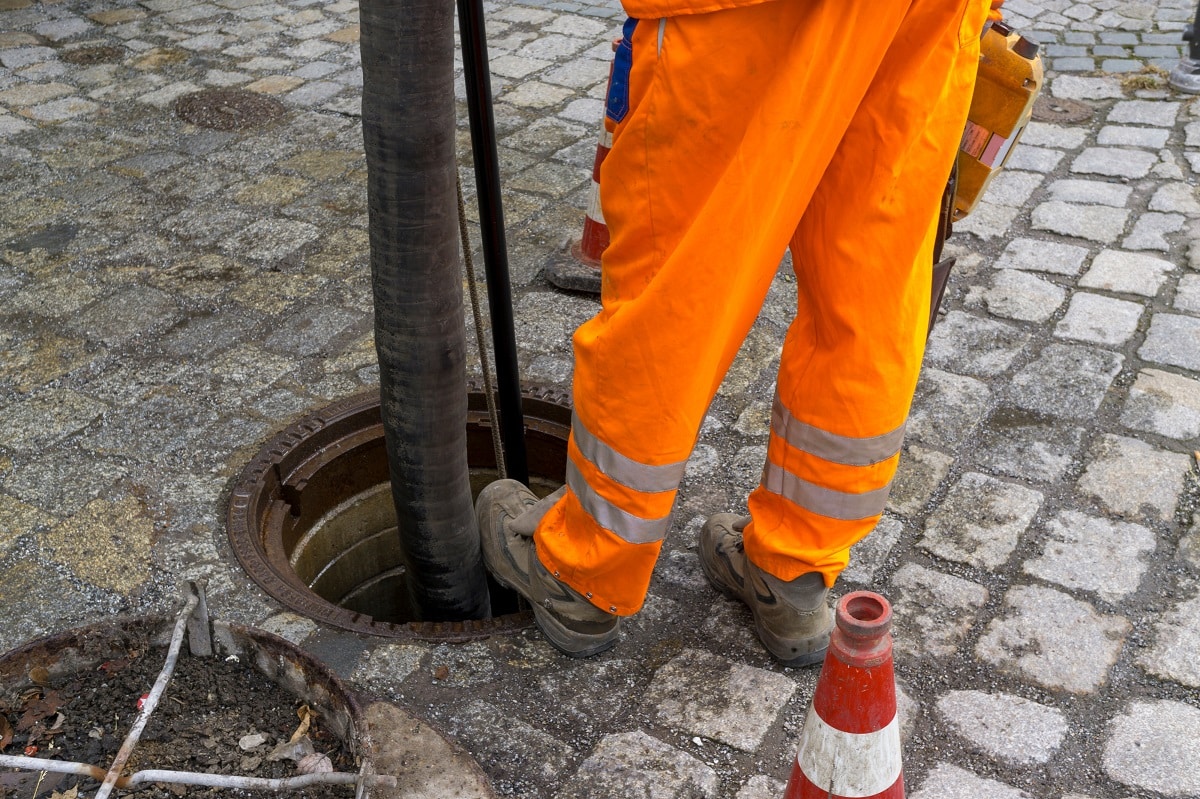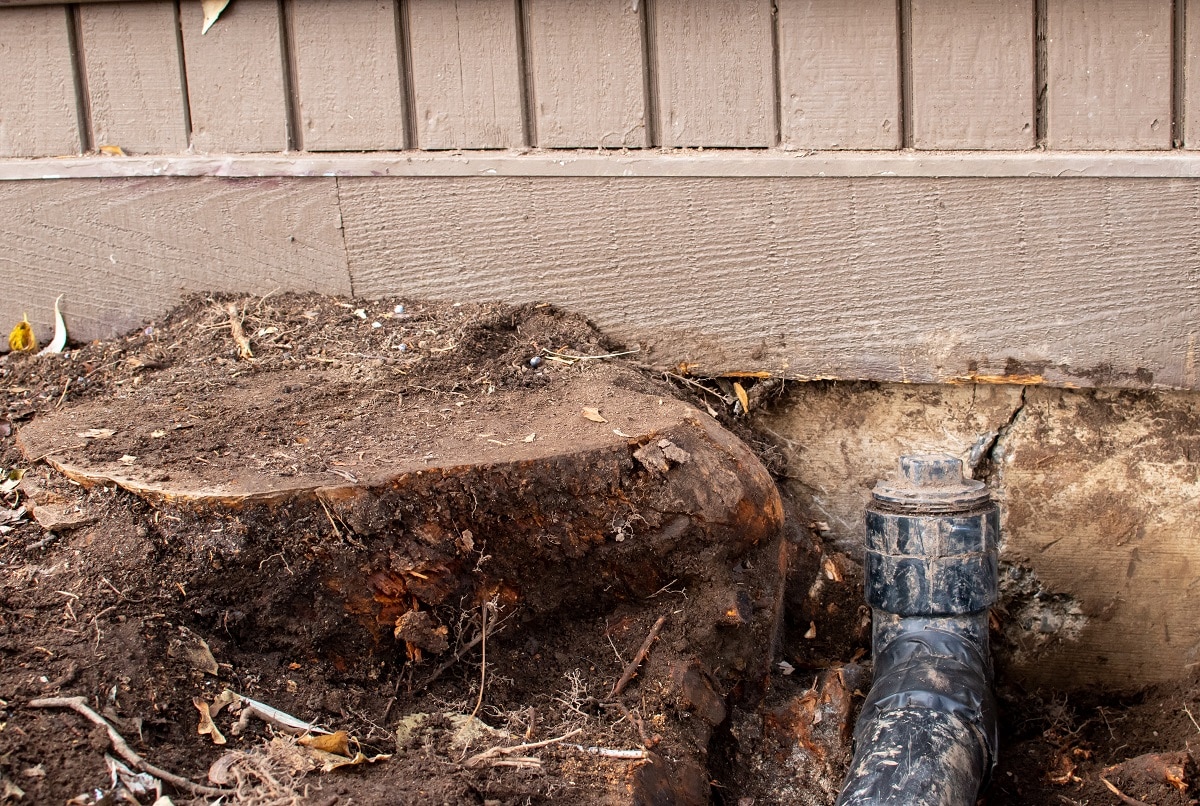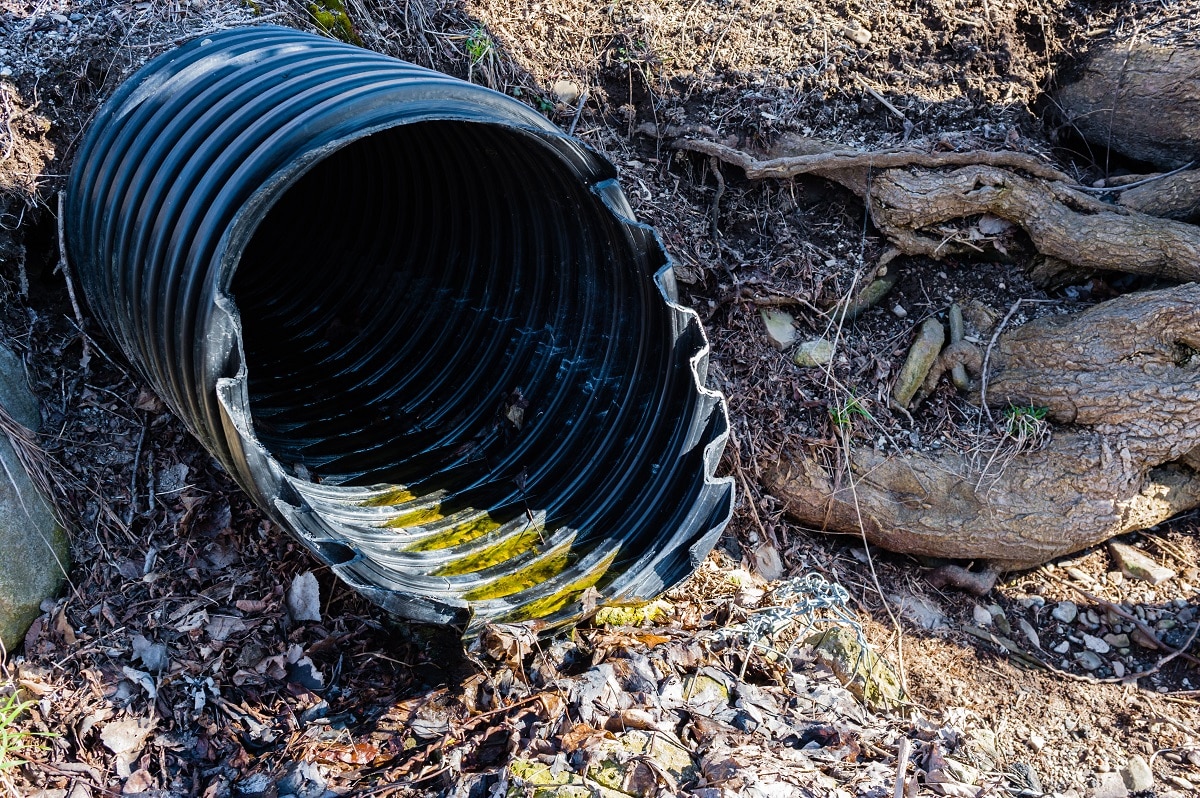Slope drainage is a type of system designed to move surface water away from an area. It is typically constructed on slopes, but can also be used in flat areas. The slope of the drain should be between 1 and 2 percent, with a minimum of 1/8 inch per foot, and should be gradual and uniform. The drain should be installed at the lowest point of the slope, and should have a minimum depth of 6 inches and a minimum width of 4 inches. Slope drains should be covered with a grate or other material to prevent debris from entering and should be connected to a larger drainage system. It is important to inspect the drain regularly to ensure it is functioning properly, and to clean it out periodically to prevent clogs and blockages.
1. Calculating the Proper Slope for Your Drainage System
Calculating the proper slope for your drainage system is essential for its efficiency and effectiveness. The slope should be between 1 and 2 percent, with a minimum of 1/8 inch per foot. This should be gradual and uniform, and the drain should be installed at the lowest point of the slope. To calculate the proper slope, use a calculator or consult with a professional. Additionally, the minimum depth of the drain should be 6 inches and the minimum width should be 4 inches. Following these guidelines will help ensure your drainage system works properly and prevents any flooding or water damage.
2. Designing Your Drainage System to Maximize Efficiency
Designing your drainage system to maximize efficiency is key. To ensure the proper slope for your drainage system, start by measuring the area and calculating the fall in the land. Then, determine the best locations for your drains, ensuring that they are 10 feet away from any buildings or trees. Additionally, make sure to have a minimum depth of 6 inches and a minimum width of 4 inches. Finally, install a grate or other type of material to cover the drain and prevent debris from entering. With the right design and installation, you can maximize the efficiency of your drainage system and protect your property from water-related damage.
3. Utilizing the Right Materials for Drainage Slope
When it comes to drainage slope, the materials you use are just as important as the design. The right materials can ensure that your drainage system is durable and long-lasting. Common materials used for slope drainage include concrete, plastic, and metal. Concrete is the most durable and can withstand extreme temperatures, while plastic is lightweight and easy to install. Metal is also durable and can be used for both residential and commercial applications. When selecting materials, it’s important to consider the size and weight of the materials, as well as the local climate and soil type. With the right materials, your drainage slope will be able to effectively divert surface water away from your property.
4. Planning for the Right Drainage Grades
When planning for the right drainage grades, it is important to understand the slope of the land and the type of soil in the area. The slope of the land should be between 1 and 2 percent, with a minimum of 1/8 inch per foot. The soil should be porous and well-drained, and the drainage system should be installed at the lowest point of the slope. It is also important to consider the size of the pipe and the type of materials used to ensure that the drainage system is efficient and effective. Proper planning and installation of the drainage system can help to reduce the risk of flooding and other water-related damage.
5. Installing Drainage Slope to Mitigate Risk of Flooding
Installing a drainage slope is an important part of preventing flooding in your yard. The slope should be gradual and uniform, with a minimum of 1/8 inch per foot. The drain should be installed at the lowest point of the slope, and should be connected to a larger drainage system or sump pit. Additionally, the drain should be covered with a grate or other material to prevent debris from entering the system. Proper installation and regular inspection of the drainage system can help mitigate the risk of flooding and other water-related damage.
6. Ensuring the Proper Slope for Drainage Pipes
Ensuring the proper slope for your drainage pipes is essential for the efficient drainage of water away from your property. The ideal slope for drainage pipes is between 1-2%, with a minimum of 1/8 inch per foot. It is important to make sure the slope is gradual and uniform, and that the drain is installed at the lowest point of the slope. Additionally, the pipes should be connected to a larger drainage system or a sump pit to ensure that water is diverted away from the area. Lastly, it is important to inspect your drainage pipes regularly to ensure they are functioning properly and that there is no debris blocking the drain.
7. Calculating Drainage Pipe Slope with a Calculator
Calculating the proper slope for your drainage system is essential for the efficient flow of water. Fortunately, calculating the slope of a drainage pipe is relatively simple with the use of a calculator. The calculator will take into account the length and diameter of the pipe, as well as the desired slope. It will then provide a value for the grade, which is the angle of the slope in degrees. Once the slope is calculated, the pipe can be installed at the correct angle, ensuring that the water flows correctly and efficiently.
8. Ensuring Your Slope Drainage System is Up to Code
Ensuring that your slope drainage system is up to code is an essential part of the installation process. This means that your drainage system must meet the requirements of local building codes and regulations. You should always consult with a professional to determine the specific requirements in your area. Additionally, your drainage system should be designed and installed in accordance with the manufacturer’s instructions. This will help ensure that your system is safe and effective and can withstand the elements. Finally, it’s important to regularly inspect your drainage system to make sure it is functioning properly and that there are no blockages or other issues.
9. Avoiding Common Mistakes in Drainage Slope Design
When it comes to designing a slope drainage system, it is important to avoid common mistakes that can lead to costly repairs and damage to the surrounding area. To ensure that the drainage system is effective, the slope should be gradual and uniform, and the pipes should be installed at the lowest point of the slope. Additionally, the system should be installed at least 10 feet away from any buildings or trees and should be covered with a grate or other material to prevent debris from entering the drain. Finally, it is important to inspect the system regularly to make sure it is functioning properly and that there is no debris blocking the drain.
10. Creating a Drainage Slope Plan for Your Yard
Creating a drainage slope plan for your yard is essential for ensuring proper drainage. Start by measuring the area of your yard and then use a topographical map to identify any low spots and slopes. Once you have these measurements, you can calculate the slope needed for your drainage system. Make sure to consider the type of soil and climate in your area when determining the necessary slope. Additionally, plan for any drainage pipes and consider the size and grade of each pipe. Finally, consult with a professional to make sure your plan meets all local codes and regulations. With the right plan in place, you can ensure that your yard is properly drained.
11. Understanding the Benefits of Proper Slope Drainage
Proper slope drainage can bring many benefits to your property. It can reduce the risk of flooding and water damage, as well as improving the drainage of the area. It can also help to reduce erosion and improve the overall aesthetic of your landscape. Additionally, installing proper slope drainage can help to protect your home and other structures from water damage, as well as helping to ensure that water is diverted away from the area. Understanding the benefits of proper slope drainage can help you make an informed decision when it comes to designing and installing your drainage system.
12. The Best Practices for Drainage Slope Installation
Properly installing a drainage slope is essential for preventing flooding and other water-related damage. The best practices for slope drainage installation involve calculating the correct slope, using the right materials, and planning for the right drainage grades. It is important to ensure that the slope is gradual and uniform, with a minimum of 1/8 inch per foot of slope. Additionally, the drainage pipe should have a minimum depth of 6 inches and a minimum width of 4 inches. The pipe should also be covered with a grate or other type of material to prevent debris from entering. Finally, the slope drain should be installed at least 10 feet away from any buildings or trees that could potentially cause blockages. Following these best practices can help ensure a successful drainage installation.
13. Choosing the Right Contractor for Slope Drainage
When it comes to installing slope drainage, it’s important to choose a contractor who is experienced and knowledgeable in this type of work. An experienced contractor will understand the complexities of slope drainage and be able to design and install a system that meets local regulations and codes. They should also be able to provide advice on the best materials to use and the proper slope for the drainage system. It’s also important to choose a contractor who is licensed and insured, so that you can be assured of a quality job that is done correctly and safely.
14. Taking Action: Implementing Your Slope Drainage Plan
Once you have designed and planned your slope drainage system, itís time to take action. The best way to ensure your drainage system will function properly is to hire a professional contractor who specializes in slope drainage installation. They will be able to assess the area, calculate the proper slope, and install the drainage system according to your plan. They will also be able to advise on the best materials to use and ensure that your drainage system is up to code. With the right contractor, you can rest assured that your drainage system will be installed correctly and will provide you with many years of reliable service.



